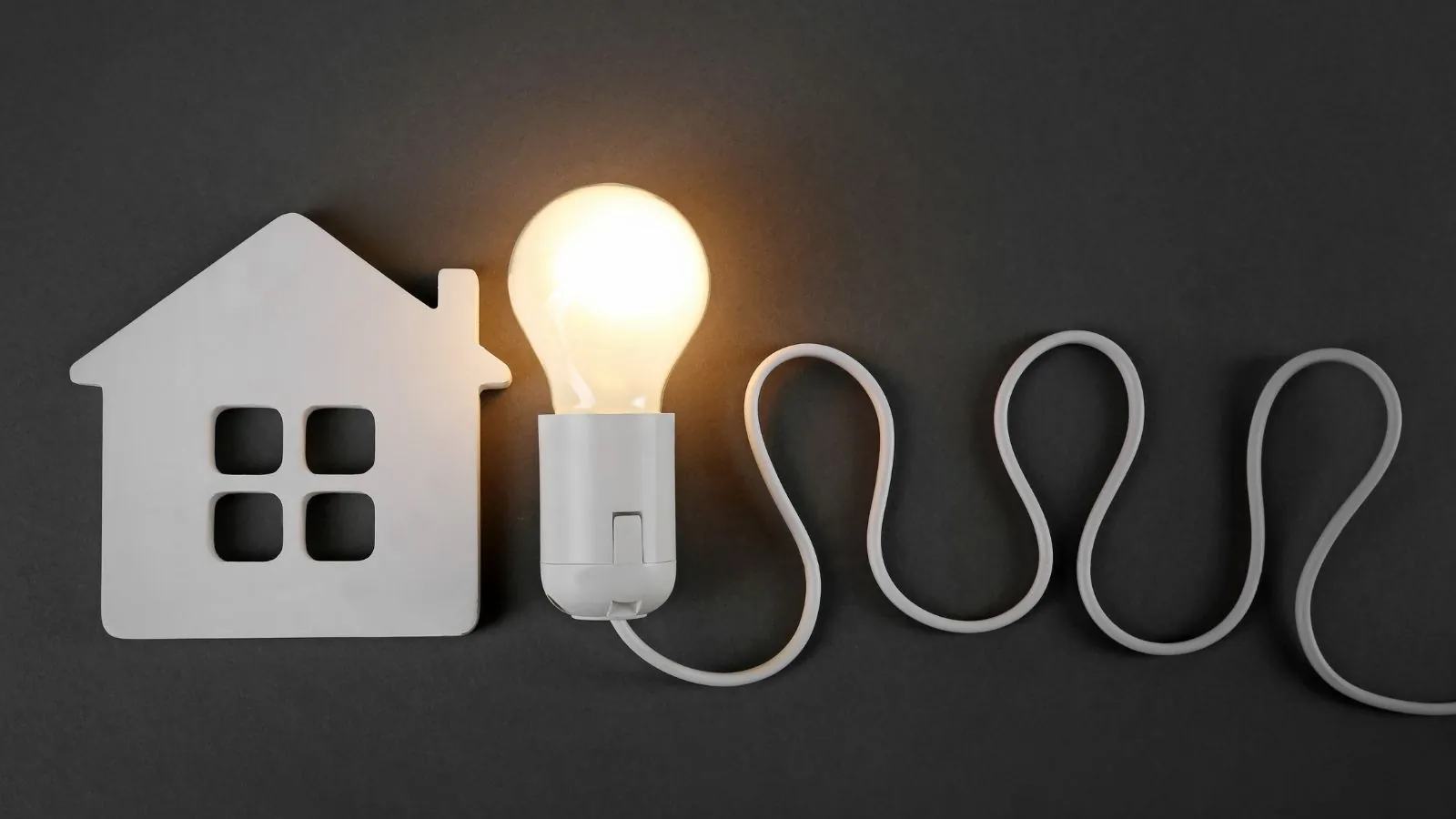Electricity powers businesses big and small. But how much do they really pay? Let’s look at what commercial electricity rates truly mean for any business today.
What Are Commercial Electricity Rates?
Commercial electricity rates are what businesses pay for power. These can be very different from what regular homes pay. Why? Because most businesses use more energy and use it differently.
Homes use electricity in the morning and evening. Businesses, on the other hand, use power all day long. Because of this, utility companies offer different prices for commercial use.
So in short: Commercial electricity rates = the price businesses pay per unit of electricity.
Why Do Businesses Pay Different Rates Than Homes?
Let’s break it down.
Businesses use much more electricity. Think about the lights, computers, fridges, air conditioning—running all day. A local bakery needs ovens heating all morning. A small office? Computers are on from 9 to 5. A large factory? Machines are running all night.
Because of this high demand, electricity suppliers offer special pricing plans to businesses. These prices can depend on:
- How much energy the business uses
- What time of day they use it
- Where the business is located
- The supply and demand in the electricity market
How Are Commercial Electricity Rates Set?
The cost isn’t just picked at random. It’s based on many things:
1. Type of Rate Plan
Some businesses pay a “flat rate”—same price no matter what.
Others pay “time-of-use” rates. That means power is cheaper at some hours (like late night) and higher during peak hours (like in the afternoon).
There’s also “demand charges.” That’s when a supplier charges more if your business uses a lot of electricity all at once.
For example, a gym with AC units starting at full blast at 7 AM might pay more than if it staggered power use slowly.
2. Kilowatt Hours (kWh)
This is how electricity is measured. Let’s say your café uses 2,000 kWh a month. If your rate is 12 cents per kWh, your bill is:
2,000 × $0.12 = $240
But if your rate jumps to 15 cents, your bill jumps to $300.
A small increase per kWh can cost you hundreds or even thousands more yearly.
3. Location, Location, Location
Where your business is matters. Really matters.
Let’s look at average commercial electricity rates across the U.S. in 2023:
- Hawaii: 36.9 cents per kWh
- California: 22.2 cents per kWh
- Texas: 9.8 cents per kWh
- Georgia: 9.85 cents per kWh
- National Average: around 13 cents per kWh
If a bakery in Hawaii uses 2,000 kWh per month, it may pay $738.
The same bakery in Texas? Only $196. Huge difference!
Why? Hawaii relies heavily on imported oil. Texas produces lots of natural gas and wind.
4. Choice vs. No-Choice States
In some states, you can choose your electricity supplier. These are called “deregulated states.” That means you can compare rates and choose the best deal.
Other states? You have to buy from one supplier only. Less choice often means higher rates.
Deregulated states include Texas, Ohio, and Pennsylvania. If you’re in those states, you can shop around and save money.
Case Study: How One Business Cut Its Electric Bill by 20%
Let’s take a real example.
A small manufacturing shop in Dallas, Texas, was paying $0.11 per kWh in 2022.
They compared offers on the Texas energy marketplace. They switched to a new supplier offering $0.09 per kWh. That’s a 2 cent drop.
They used 20,000 kWh per month. Here’s the math:
Before: 20,000 × $0.11 = $2,200
After: 20,000 × $0.09 = $1,800
Monthly savings = $400
Yearly savings = $400 × 12 = $4,800
Without changing anything else—no switching off lights earlier—they saved almost $5,000 a year.
How You Can Lower Commercial Electricity Costs
Too many businesses overpay. But here’s what you can do:
1. Shop Around
First, check if your state allows you to choose your electricity provider. If yes, compare rates online. Even 1 or 2 cents less per kWh can save big bucks.
2. Ask About Time-of-Use Plans
If your business runs mostly early or late, ask for time-of-use pricing. If you’re using power when the demand is low, you might get cheaper rates.
Example: A laundry service that runs dryers at night can pay less under this plan.
3. Watch That “Demand Charge”
A pizza place that turns on five ovens at once might get hit with a demand fee. Simple fix? Turn them on one after another. Same work, lower bill.
4. Use Energy-Efficient Equipment
Switching to LED lighting, energy-saving fridges, or smart thermostats? You can cut your use by 10% to 30%. That’s big.
In one case, a minimart in Nevada switched to LED lighting. Their electricity use dropped by 15%. That’s about a $1,200 savings over a year.
Know These Terms (Made Simple)
Here are some words you might see:
- kWh: Unit of electricity
- Rate Plan: How the price is set
- Demand Charges: Extra cost for using lots of energy at once
- Time-of-Use: Cheaper prices at certain times of day
- Deregulated State: You can choose your power provider
Don’t let these words scare you. They’re just tools to help you save.
Compare: Small Business vs. Big Business
Big businesses often get lower rates. Why?
Because they buy more. They also often have experts to handle their energy plan. Some even install solar panels or battery backups to save more.
But small businesses can still save. Even a penny per kWh matters.
If a small shop uses 8,000 kWh per month:
- At 14 cents = $1,120
- At 11 cents = $880
That’s $240 saved monthly—or $2,880 yearly—just by choosing the right plan.
Final Thoughts: Stop Overpaying for Power
Commercial electricity rates can look confusing, but they don’t have to be.
Here’s what to do:
- Learn your current rate, kWh use, and bill details.
- Compare suppliers if you’re in a deregulated state.
- Use energy at off-peak times and avoid big demand spikes.
Do these, and your business can save big money—every month.





